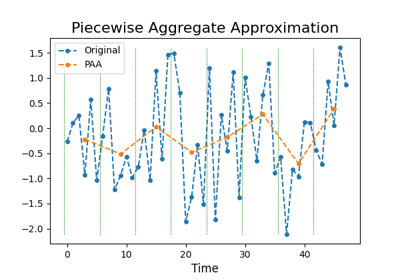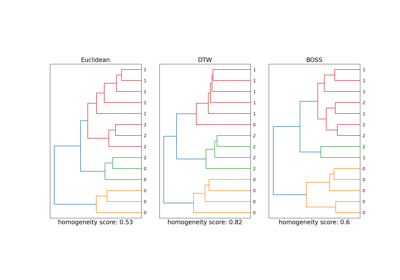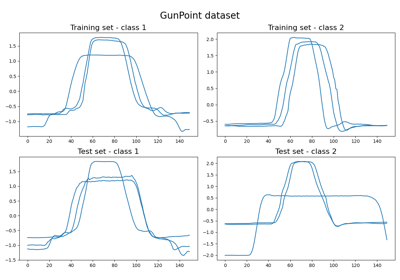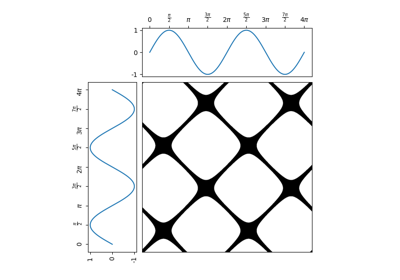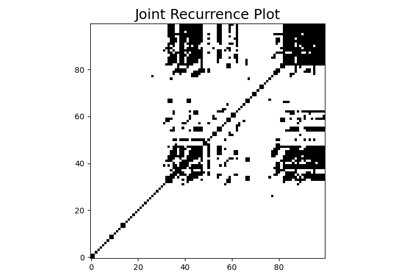Approximating time series¶
Approximation algorithms try to capture the most important information from time series. They can be seen as simple feature extraction algorithms.
Bag-of-words transformation¶
Bag-of-words algorithms transform a sequence of symbols into a bag of words.
Classification algorithms¶
Classification algorithms can directly classify raw time series.
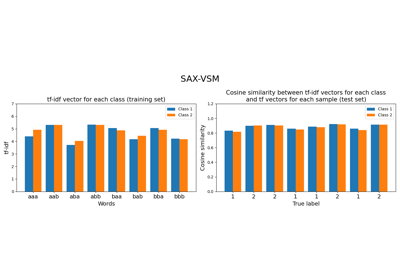
Symbolic Aggregate approXimation in Vector Space Model (SAX-VSM)
Decomposing time series¶
Decomposition algorithms decompose time series into several components.

Trend-Seasonal decomposition with Singular Spectrum Analysis
Metrics¶
Specific metrics for time series have been developed. The examples below illustrate some of the implemented metrics.
Multivariate time series¶
Specific algorithms for multivariate time series have been developed. The examples below illustrate some of the implemented ones.
Preprocessing tools¶
Preprocessing data is a common task in machine learning. The examples below illustrate the preprocessing tools available in this module.
Transformation algorithms¶
Transformation algorithms try to capture the most important information from time series using advanced transformation. They can be seen as complex feature extraction algorithms.

Word ExtrAction for time SEries cLassification (WEASEL)



